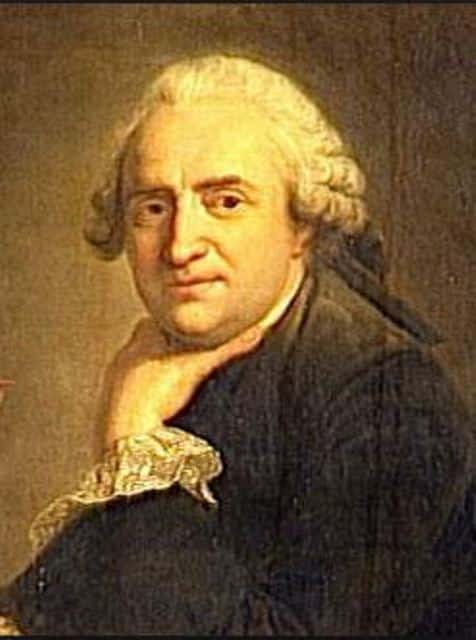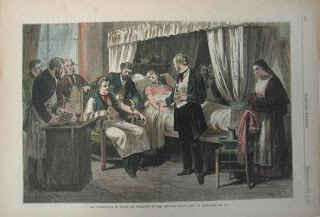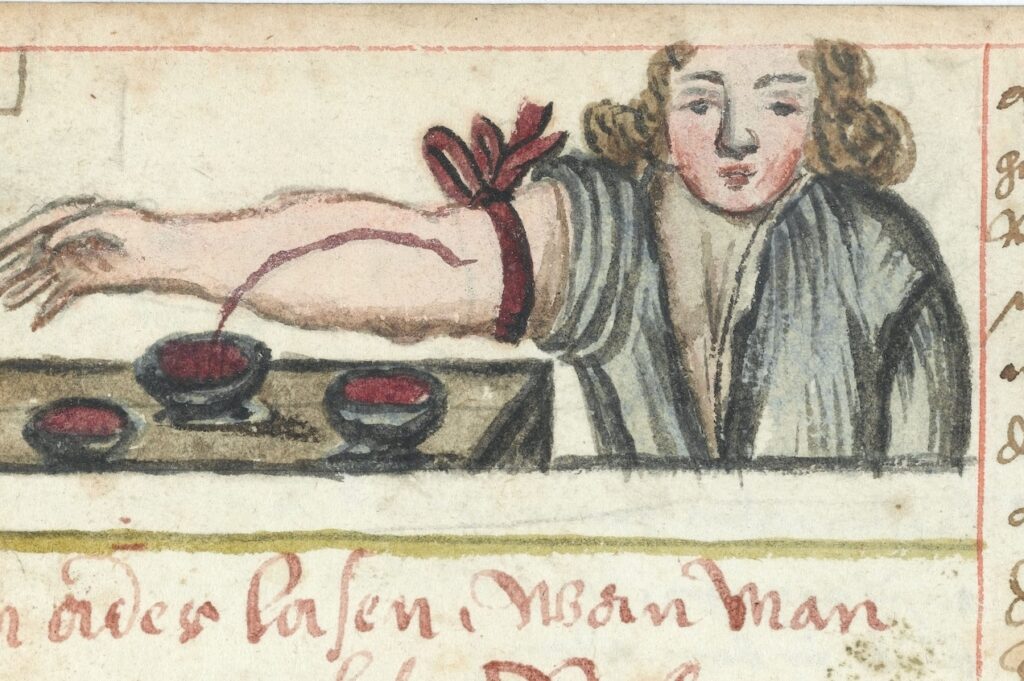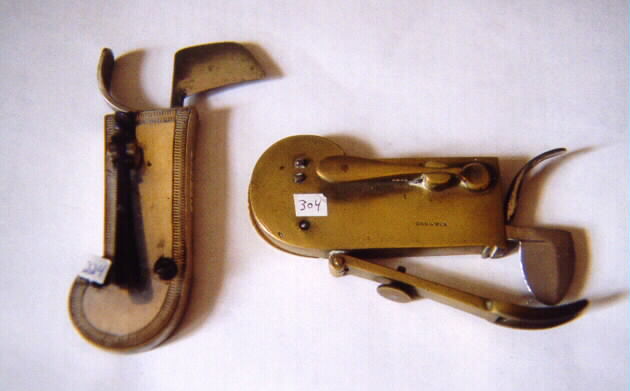Blood and the Most Odious Demon
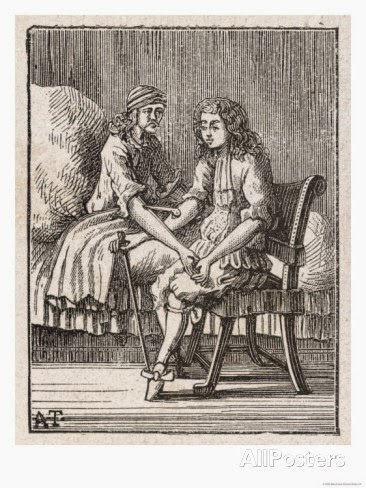
Blood is the giver of life… and legends. It’s prominent in fairy tales, detective stories, myths, medicine and our business of hemophilia. It’s a favorite for dressing up costumes at Halloween time, like now. Blood holds such a fascination by us humans, so it’s natural that there are misconceptions. I’m currently rereading the classic Dracula and was amused to read how Dr. Van Helsing, a professor from the Netherlands and expert on the nosferatu, wants to help young lady Lucy, a victim of Dracula’s nightly blood draining, by giving her a transfusion of blood. “Is it you or me?” he asks Dr. John Steward, about which one of them should roll up their sleeve to donate; Steward who replies, “I am younger and stronger, Professor. It must be me.” Steward offers his blood based on the concept of vitalism, that blood contains the traits of the being in which it flowed—a concept that was unchallenged for fifteen hundred years. Later in the book, Van Helsing says to Lucy’s fiancé Arthur, “John was to give his blood, as he is the more young and strong than me…. But now you are here, you are more good than us, old or young, who toil much in the world of thought. Our nerves are not so calm and our blood so bright than yours!”
So Arthur becomes the better blood donor because he is calm and not scholarly! Of course, this is nonsense, but author Bram Stoker fell for the widespread belief in vitalism when he wrote his book in 1897. Dracula isn’t so picky; he pretty much would drink anyone’s blood.
Douglas Starr tells us in his landmark book Blood that the Egyptians saw blood as the carrier of the vital human spirit, and would bathe in it to restore themselves. Roman gladiators were said to have drunk the blood of their opponents to ingest their strength. “Our own culture attaches great value to blood, with the blood of Christ as among the holiest sacraments, blood libel as the most insidious slander, the blood-drinking vampire as the most odious demon.”

And blood becomes a problem when someone has hemophilia or von Willebrand Disease. A microscopic protein is either missing or malfunctioning. In the 1970s and 1980s, doctors would replace the missing protein with products made from human blood. But widespread contamination with HIV led to the nation’s blood supply being destroyed. While scientists eventually produced recombinant blood-clotting products in 1992, the damage was done. An estimate 10,000 with hemophilia would die—50% of the US hemophilia community.
Rather than secure eternal spiritual life by consuming wine that has been transformed into Christ’s blood during Christian Mass, Dracula drinks human blood to extend his physical life through the centuries. We now use ultra-safe, genetically-engineered blood-clotting products to clot blood that does not clot on its own, to extend our physical life… and enjoy Halloween, vampires and all!


